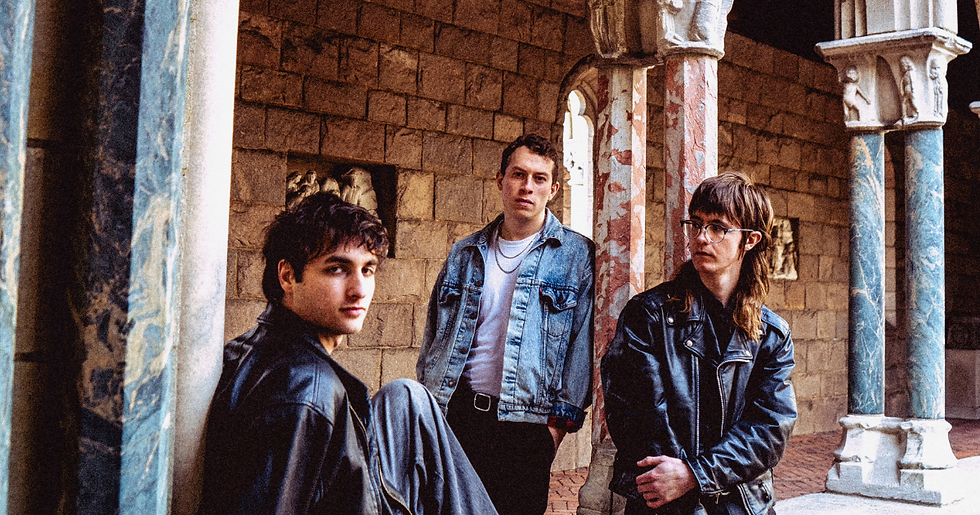Music to Grow to: The Soundtracks of Coming of Age Music
- Susan Moore

- Nov 30, 2020
- 3 min read
Updated: Dec 12, 2020
The purpose of a coming of age movie is to capture a specific time in a person’s life that impacts the rest of it. It succeeds by feeling authentic and it fails by feeling out of touch. Naturally, it is imperative to the experience that it not only feels close to reality but the lens that the main character perceives life with. Because coming of age movies are primarily about teenagers, and because teenagers have always found meaning in music, it becomes one of the most important parts of the movie.
One of the most iconic movie soundtracks is the one for The Virgin Suicides, a movie about the lives and untimely deaths of the Lisbon sisters. Composed by the French music duo, Air, the score is a reflection on the tragic events of the movie. It captures the dark yet youthful tone and has the same fragile beauty as the girls. As for the soundtrack, however, Sofia Coppola selected hits from the era the movie takes place in; the seventies. The movie includes “Crazy on You” and
Magic Man” by Heart to capture the fiery nature of the romance of one of the girls and her love interest, “Strange Magic” by ELO and “I’m Not in Love” by 10cc for a dreamlike school dance, and “Hello (it’s me)” by Todd Rundgren and “Alone Again (naturally)" by Gilbert O’Sullivan for a scene where the girls and their admirers play music into the phone to communicate with each other. The songs selected, though simply popular hits of the time that teenagers would have enjoyed, also match the tone of the movie; haunting and melancholy.
While the soundtrack of The Virgin Suicides is specifically reflecting the tone of the movie, there are some movies where the movie revolves around the music being played. One of these is Blinded by the Light, a movie about a young Pakistani boy who falls in love with the music of Bruce Springsteen. Because the movie is based on a true story, the tracks selected carry more weight with the events of the movie. Javed is listening to “The Promised Land” when he first discovers how Springsteen’s music reflects his own life, he sings “Thunder Road” to the girl he is interested
in on their first date, and “Born to Run” plays during a euphoric moment shared by him and his
companions. Though the audience may not have any prior Springsteen experience, by the end of the film, they manage to grasp the depth of his music and how intensely personal his music can feel. For those who are familiar with “The Boss”, Blinded by the Light shines a new light on his music, causing the audience to listen with a new perspective.
If Blinded by the Light directly focuses on how personal music can be, movies like Crooklyn do so indirectly. Crooklyn, directed by Spike Lee, is about a young Black girl growing up in a bustling Brooklyn neighborhood. Though Troy is the main character of the movie, the songs chosen are not only present to reflect her life but because of their importance to her community. The soundtrack consists of a mixture of soul, jazz, and fusion. The movie opens up to various shots of the neighborhood kids playing together to the song “People Make the World Go Round” by the
Stylistics. The kids sing and dance along to “ABC” by the Jackson 5 when it plays on TV, and the scene serves as a bonding moment for the family. When Troy goes to the Bodega, she stares as the owner dances with a drag queen (a cameo from the iconic RuPaul) to “El Pito (I’ll Never Go Back to Georgia)”. The songs featured come together to paint a picture of not only a community, but growing up in one and all the ups and downs that come with it.
Because music affects different people in different ways, it makes sense that different films would have different approaches to the way a soundtrack is utilized, especially in coming of age movies where each individual experience of growing up is unique. Whether it's used to set a mood as simply a backdrop, to give a story meaning, or to represent a culture, the music brings further meaning to a movie, that often becomes one of the most important parts.





Comments